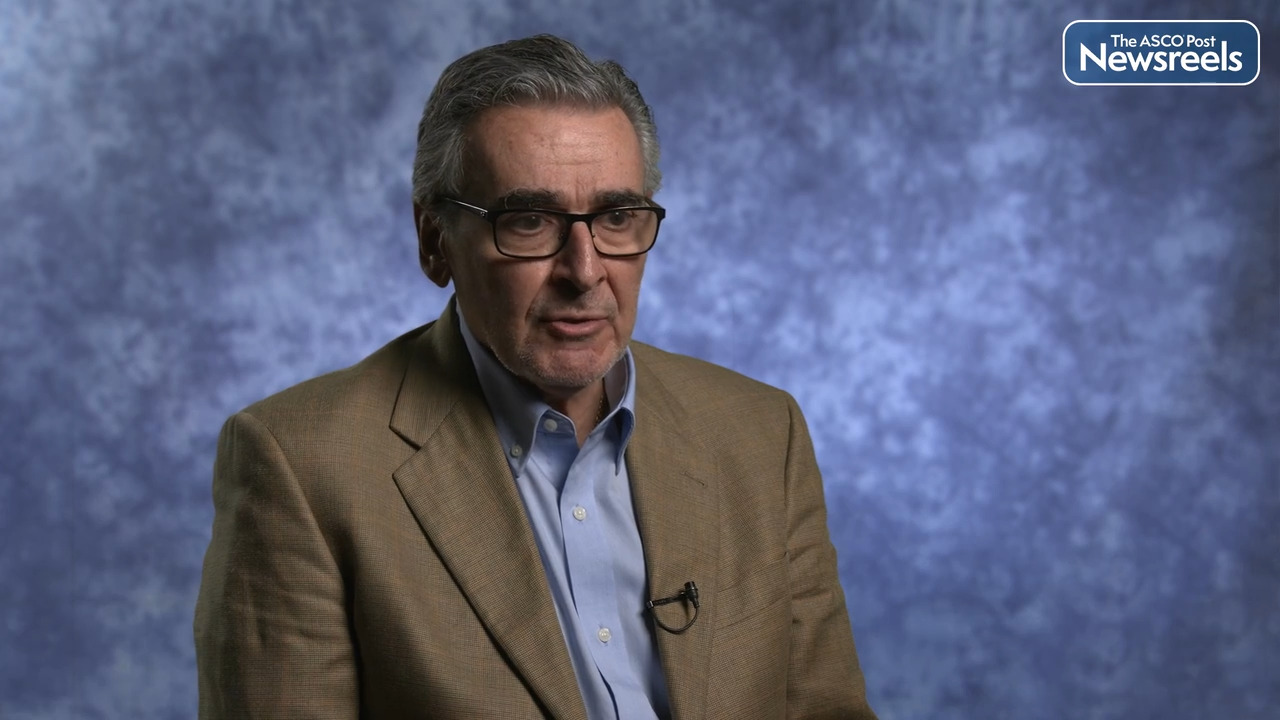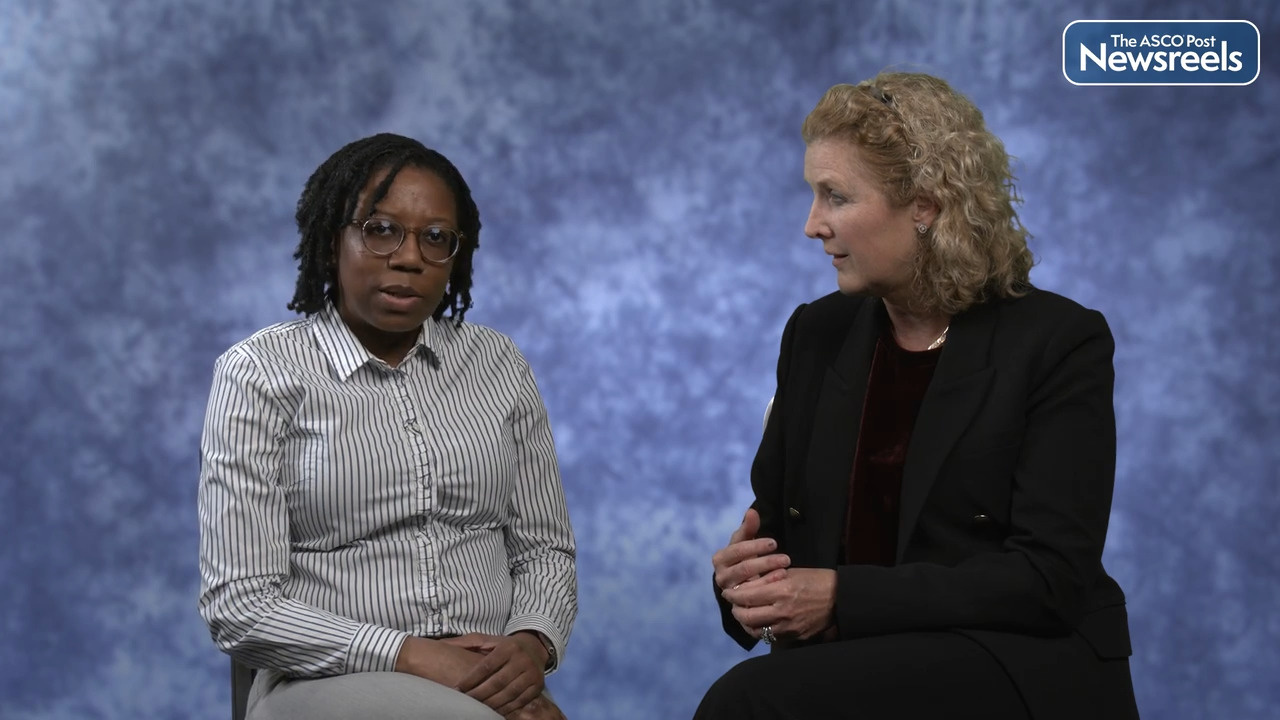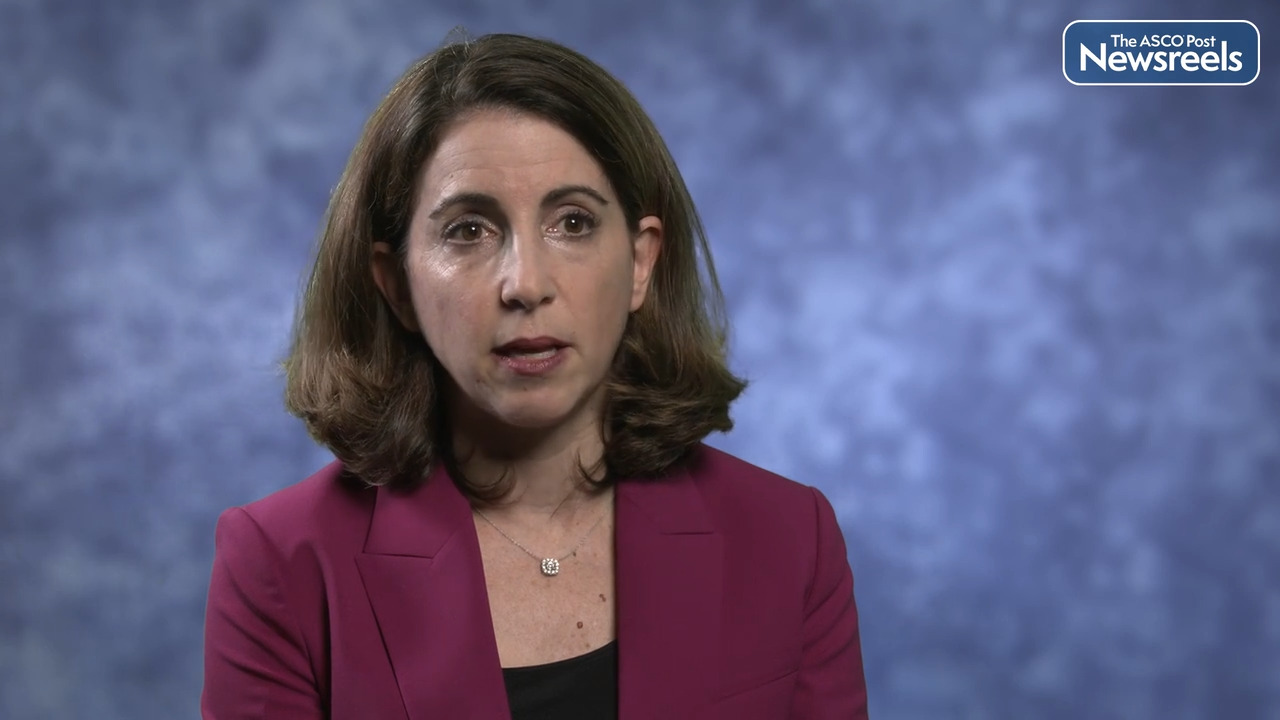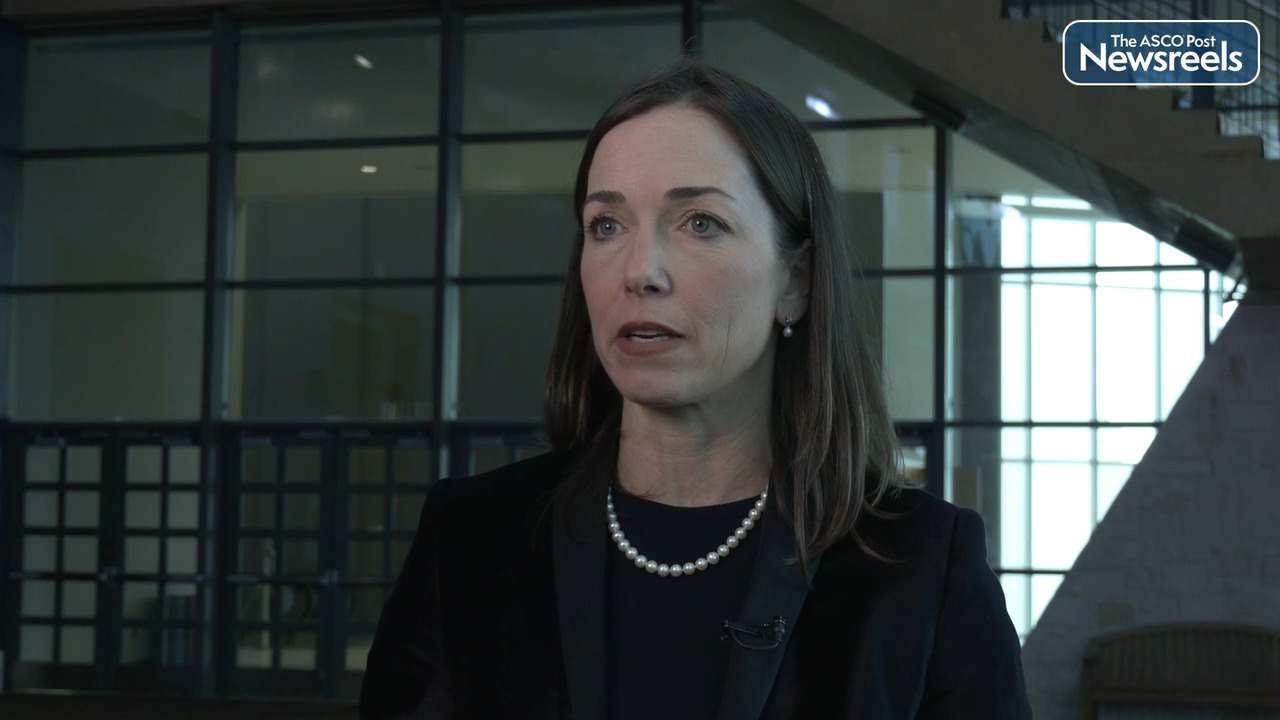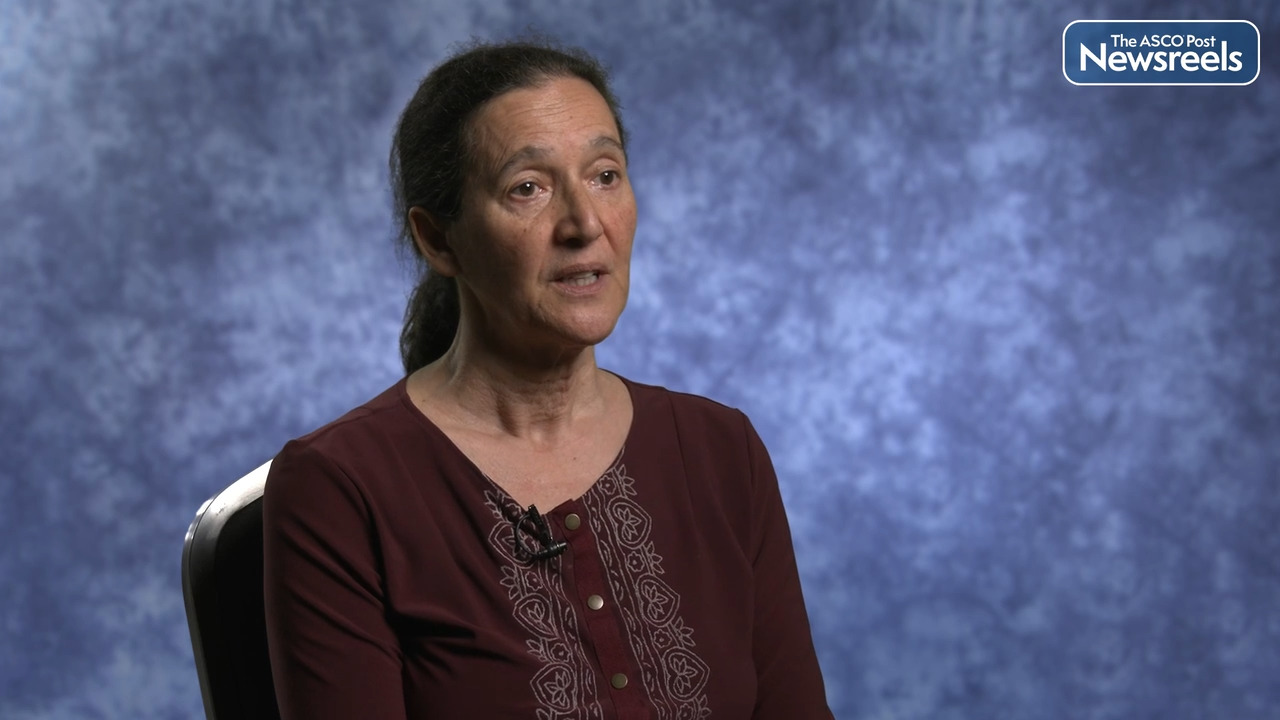Transcript
Disclaimer: This video transcript has not been proofread or edited and may contain errors.
Tam01 is a phase three trial of low-dose Tamoxifen in women with high-risk lesions, including DCIS, atypical ductal hyperplasia and lobular carcinoma in situ. These lesions have a five to 10 higher risk of developing invasive breast cancer compared to the general population. We reason that the dose that is given in the clinic of Tamoxifen 20 milligram per day was too high because of the adverse events which have prevented the uptake of Tamoxifen in the prevention setting, which is our main goal. We did a number of biomarker trials looking at the minimal effective dose, which is a very important concept, which has always been overlooked by pharmaceutical companies. The pressure to reduce the drugs and it's a leading team of this symposium is we are giving too much higher doses for this targeted drugs. We selected, based on a number of clinical trials, the dose of five milligram per day, one quarter of the standard dose to conduct this phase three trial. And we randomly assigned 500 women with high risk lesions to either five milligram per day for three years of Tamoxifen or placebo. And we are then following these women up to 10 years.
The main results are that there is still a significant 42% reduction in the incidents of recurrence in women with high risk lesions with a nice carryover effect. Seven years after treatment cessation, there is still a significant reduction. And most of the recurrences were invasive, up to 77%. They were ipsilateral and stage one without differences between Tamoxifen or baby Tam or placebo in terms of staging or biological characteristics. There was a very significant reduction in the DCIS cohort, which represented 70% of the overall population.
The other important finding is of course safety, because the baby Tam was not associated with an excess in any serious adverse event typically associated with Tamoxifen, including endometrial cancer, venous thromboembolism, and others. And also the patient reported outcomes, which are very important for prevention, because women do not tolerate having hot flashes or sexual disturbances. With a lower dose, we didn't see a difference in patient reported outcomes except for less than an extra hot flash per day in the baby Tam arm. The treatment is very well tolerated, it's safe, and seems to be very effective even seven years after treatment cessation.
We will do ongoing follow-up up to maybe three, five more years if we manage. There are several clinical and research implications. Our study provides evidence that baby Tam can be the standard of care in women with high risk lesions. And as a matter of fact, in several prominent US centers like the Dana-Farber, the Brigham's Women's Hospital, the Mount Sinai Hospital, baby Tam has already become the most popular treatment strategies for women with high risk lesions because the women want baby Tam, want the low dose, and there is also a higher retention rate at one year compared with full dose Tamoxifen or Raloxifene or other drugs like their aromatase inhibitors. I think that was the most straightforward conclusion is you can give baby Tam for high risk lesions and this is very effective and nontoxic.
Then I think baby Tam can reopen the door for primary prevention in high risk and affected women. The doors which has been closed because of the low uptake of the full dose as well as other drugs. But we desperately need some agent to prevent breast cancer, which is so common. And another very interesting research implication is the use of baby Tam to improve the sensitivity of mammography because baby Tam decreases mammographic density. And so it seems to reduce the risk of interval cancers among screening rounds, which is very important. That is another application which has been pioneered by the Swedish group using very low doses of Tamoxifen.
We could also use baby Tam for young women who receive radiotherapy of the chest, and there is already some phase two trials showing a nice biomarker modulation with five milligram per day of Tamoxifen.
Finally, the women who have gene carrier mutation like the BRCA two or other moderate penetrance genes like PALB2, CHEK2 or ATM. These women might benefit from baby Tam to reduce their risk of developing breast cancer.
